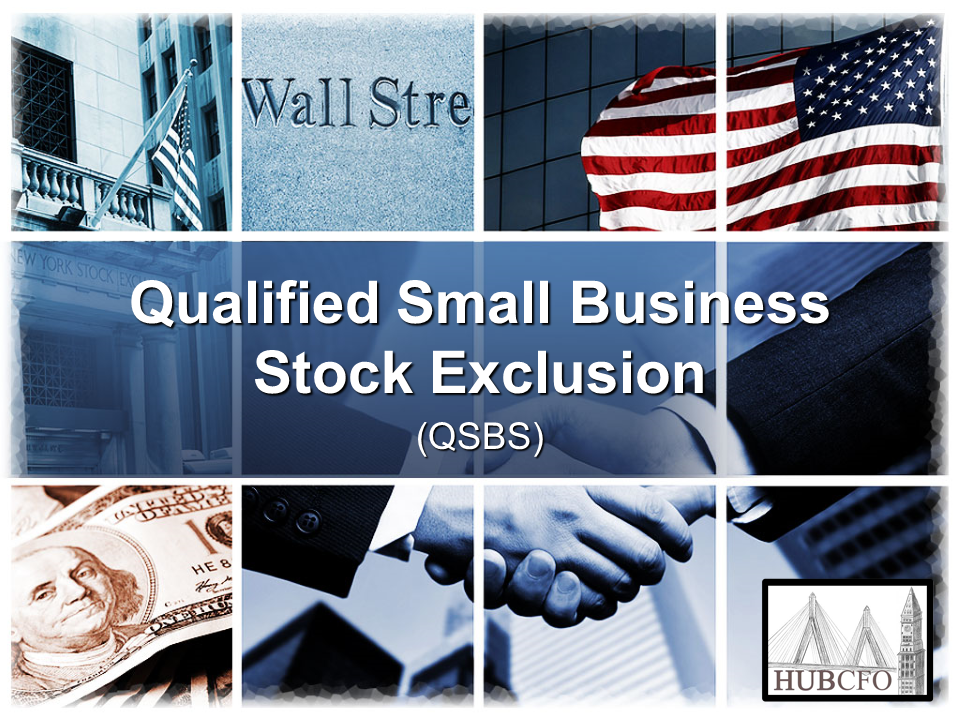

But with the non-QSBS tax rate, including 3.8 percent on net investment income,at 23.80 percent today, the 100 percent exclusion results in a tax savings of 23.80 percent.”

As a result, for sales of QSBS prior to 2013, there was little federal tax benefit. “The pre-2013 tax rate for non-QSBS gain was 15 percent. “Upon disposition, the effective federal income tax rate for QSBS disposed of prior to 2013 was 14.98 percent,” Jessell observed. The main factor driving the increased attractiveness of Section 1202 is the Tax Cuts and Jobs Act’s lower corporate tax rate, making C corporations more attractive to founders and venture capital investors. The entry should be labeled “Section 1202 exclusion.”

Instead, it is reported as long-term gain on Schedule D, with the allowable exclusion entered as a loss below the entry for the gain. There is no specific form to report Section 1202 gain. In addition, the business must not be involved in banking, insurance, financing, leasing, investing, or similar business must not be involved in farming, or any business involving the production of certain natural resources eligible for the depletion deduction or any business involving the operation of a hotel, motel, restaurant or similar business. Specifically, a qualified small business cannot be a trade or business involving the performance of services in the fields of health, law, engineering, architecture, accounting, actuarial science, the performing arts, consulting, athletics, financial services, brokerage services, or any trade or business where the principal asset is the reputation or skill of one or more of its employees. In fact, Section 199A cross references these rules, and makes a couple of small tweaks.”
#Irc 1202 code
“It’s similar to specified services under Code Section 199A.
#Irc 1202 professional
A qualified trade or business is defined by what it is not: “It’s the usual suspects - it can’t be one of the specified professional services,” said Jessell. Under the active business test, at least 80 percent of the value of the corporation’s assets must be used in the active conduct of a qualified trade or business. “The company issuing the stock must be a domestic C corporation the stock must have been acquired at its original issuance directly from a C corporation for money, property or services the aggregate tax basis of the company assets immediately after the issuance of the stock must not exceed $50 million and the company must satisfy an active business requirement.” “There are four significant requirements for QSBS,” said Jessell. 28, 2010, or later, there is a 100 percent exclusion. 27, 2010, the exclusion jumped to 75 percent. The initial exclusion in effect for qualified small-business stock issued after Aug. The section has been around since 1993, and was meant to spur investment in small businesses and startups. Under Section 1202, noncorporate taxpayers may exclude a percentage of capital gain from the sale of QSBS held for at least five years. But with the increase in the exclusion amount and the lower corporate tax rate, it should become increasingly common to structure deals to take advantage of the benefits under Section 1202, according to Timothy Jessell, a shareholder at law firm Greenberg Traurig. While most accountants are familiar with Code Section 1202 and its exclusion for gain of qualified small-business stock, or QSBS, it has in recent years been neglected despite its potential benefits to small-business founders and venture capital and private equity investors.


 0 kommentar(er)
0 kommentar(er)
